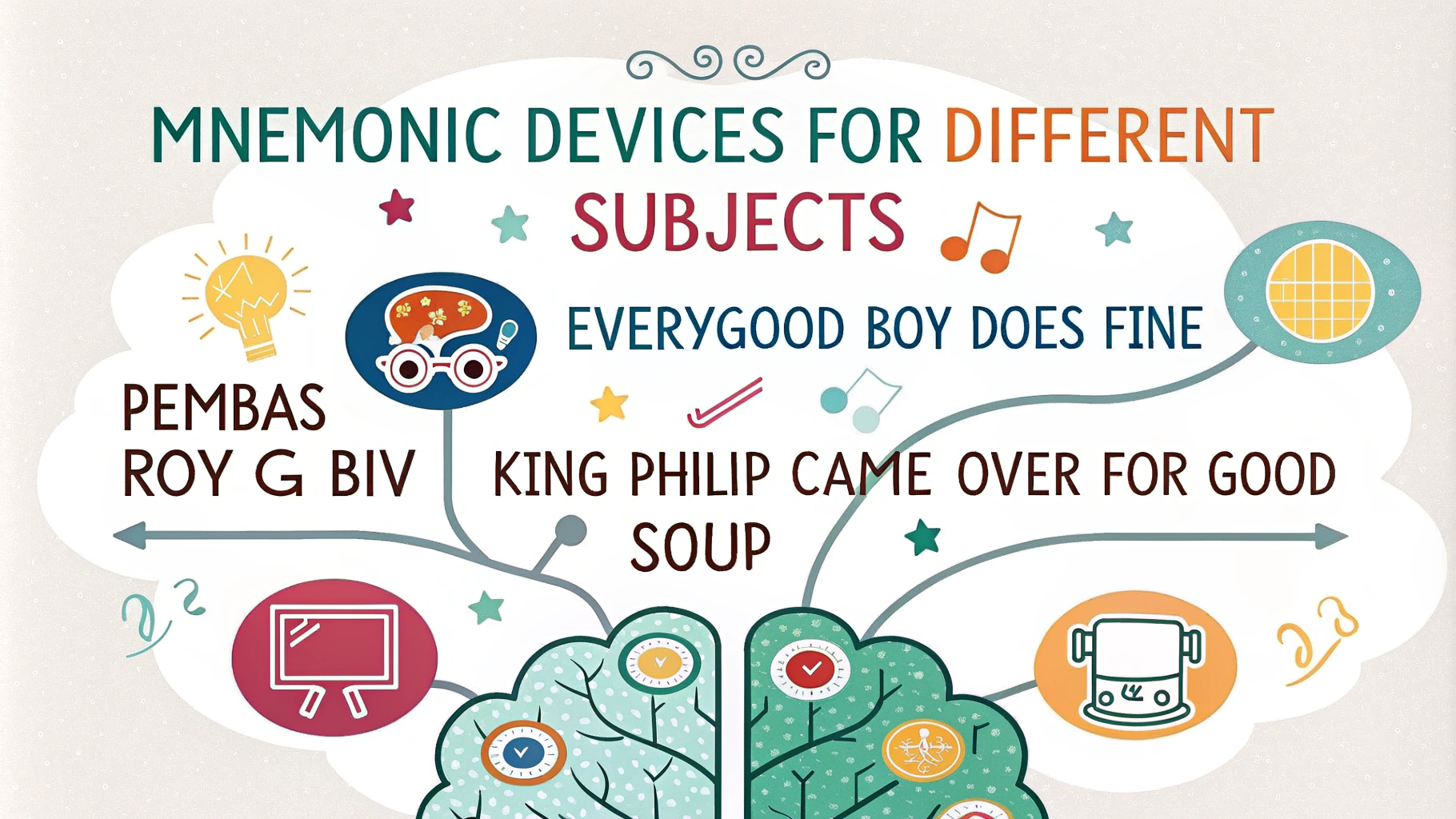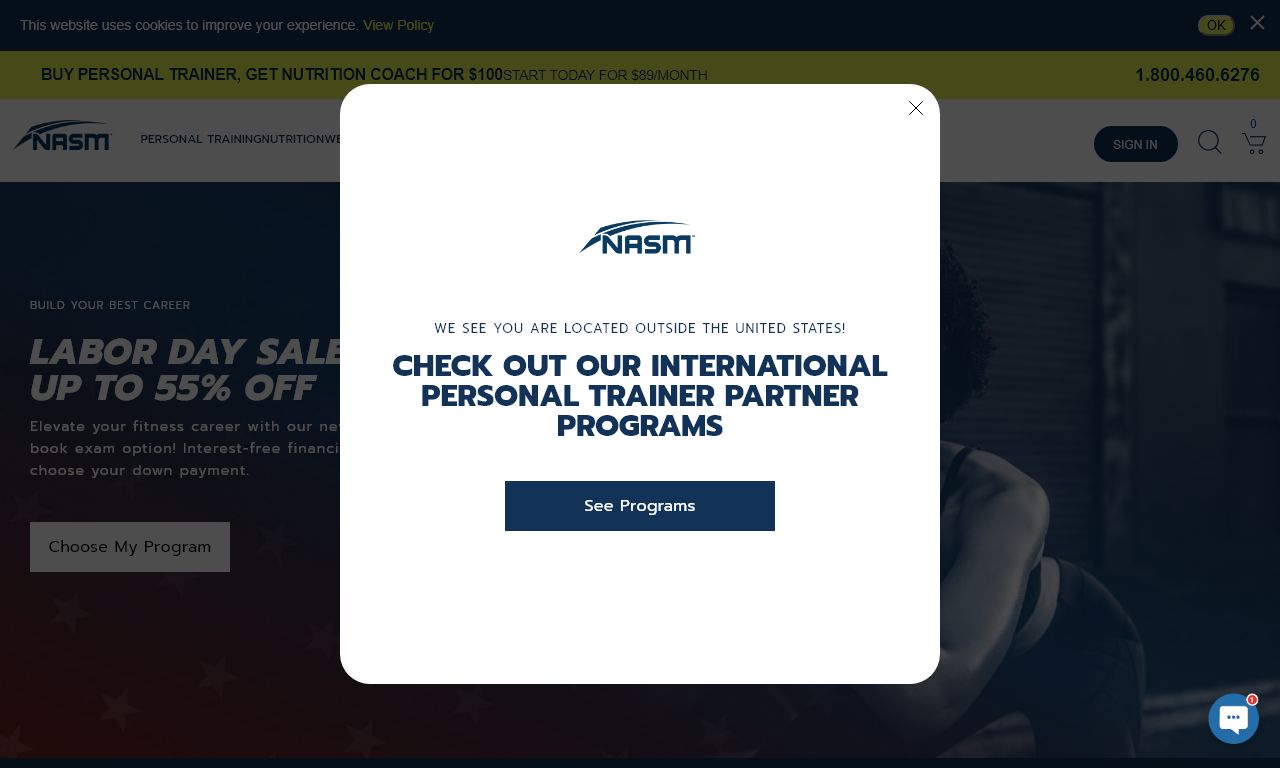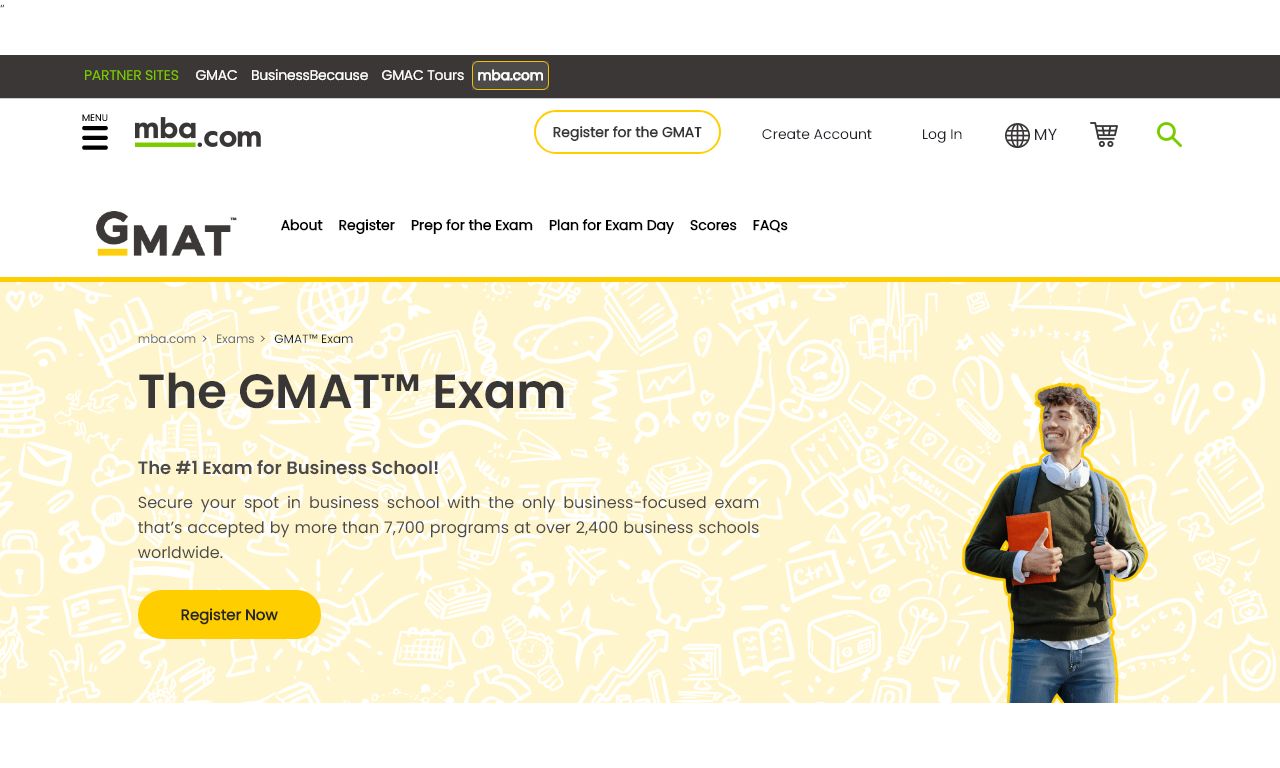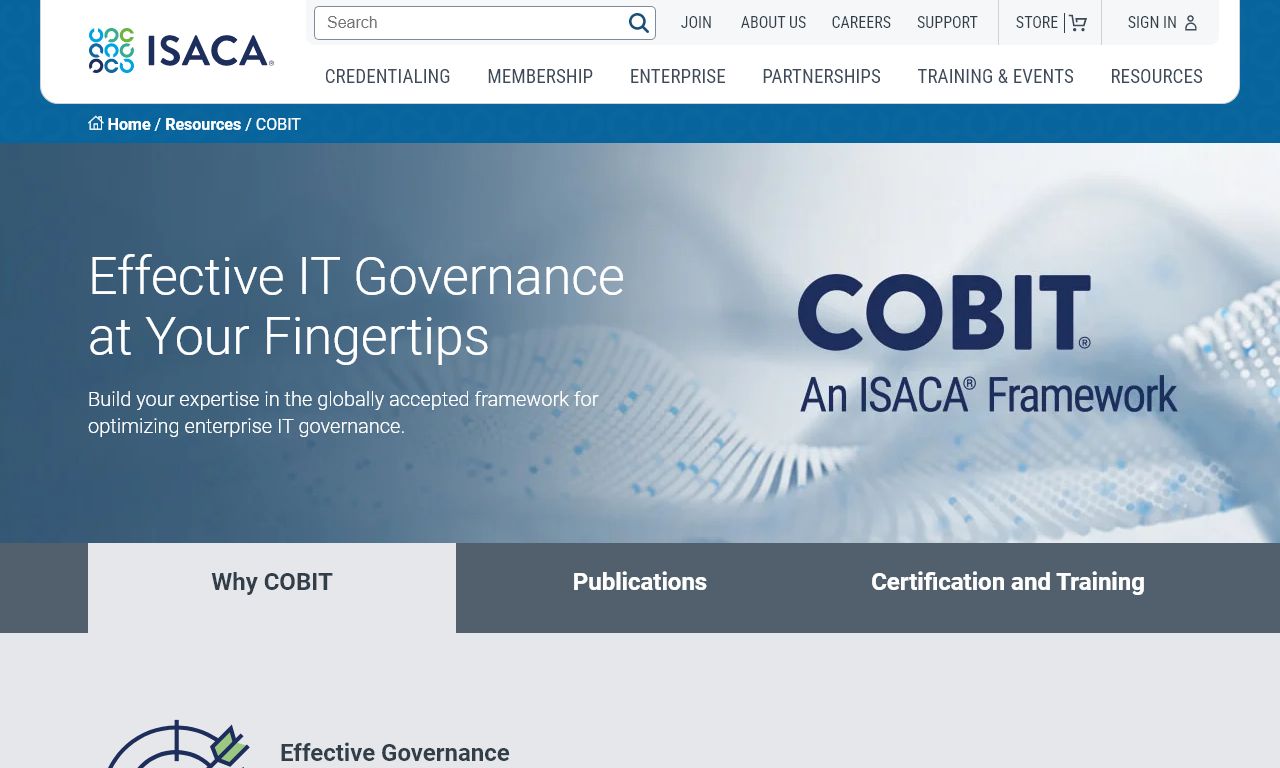Mnemonic devices work like mental shortcuts, helping students remember complex information through simple associations.
Science Mnemonics
- Biology Classification: “King Phillip Came Over For Good Soup” (Kingdom, Phylum, Class, Order, Family, Genus, Species)
- Planet Order: “My Very Eager Mother Just Served Us Noodles” (Mercury, Venus, Earth, Mars, Jupiter, Saturn, Uranus, Neptune)
- Color Spectrum: “ROY G. BIV” (Red, Orange, Yellow, Green, Blue, Indigo, Violet)
Math Mnemonics
- Order of Operations: “Please Excuse My Dear Aunt Sally” (Parentheses, Exponents, Multiplication, Division, Addition, Subtraction)
- Trigonometry: “SOH CAH TOA” (Sine = Opposite/Hypotenuse, Cosine = Adjacent/Hypotenuse, Tangent = Opposite/Adjacent)
Language Arts Mnemonics
- Coordinating Conjunctions: “FANBOYS” (For, And, Nor, But, Or, Yet, So)
- Spelling Rule: “i before e, except after c, or when sounded like a, as in neighbor and weigh”
Creating Your Own Mnemonics
- Use First Letters: Take the first letter of each word you need to remember
- Make it Personal: Create associations that relate to your interests
- Add Rhythm: Create a short rhyme or song
- Visualize: Connect information to memorable images
Tips for Effective Mnemonic Use
- Practice your mnemonics regularly until they become automatic
- Share mnemonics with study groups to learn new perspectives
- Test yourself frequently using your mnemonic devices
- Update or modify mnemonics that aren’t working well for you
Quick Tip: The best mnemonic is one that makes sense to you personally – don’t hesitate to modify existing ones or create your own.
Additional Resources
Remember that mnemonics are memory aids – they work best when combined with understanding the actual concepts they represent.
Common Mistakes When Using Mnemonics
- Relying too heavily on mnemonics without understanding core concepts
- Creating overly complicated memory devices
- Not practicing the mnemonics regularly
- Using generic mnemonics that don’t resonate personally
Advanced Mnemonic Techniques
The Memory Palace Method
- Visualize a familiar location (like your home)
- Place information at specific points throughout the location
- Create a mental walking path to recall information sequentially
The Story Method
- Connect items to remember in a memorable narrative
- Add vivid details and emotions to strengthen retention
- Make the story personally meaningful
When to Use Mnemonics
- Learning sequential information
- Memorizing lists or categories
- Studying for standardized tests
- Learning new vocabulary or terminology
Conclusion
Mnemonic devices serve as powerful tools for information retention and recall when used appropriately. While they shouldn’t replace comprehensive understanding, they provide valuable support for learning complex material. Success with mnemonics comes from regular practice, personalization, and integration with other study methods.
Remember: The most effective learning combines multiple strategies, with mnemonics being just one part of a comprehensive study approach.
FAQs
- What exactly are mnemonic devices and how do they help with studying?
Mnemonic devices are memory techniques that help you remember information by creating associations through acronyms, rhymes, or patterns. They work by connecting new information to existing knowledge in your brain. - Which subjects benefit most from using mnemonic devices?
Sciences, languages, mathematics, and history benefit greatly from mnemonics, particularly when memorizing formulas, periodic elements, dates, grammatical rules, and sequences. - What are the most effective types of mnemonic devices for learning?
The most effective types include acronyms (ROY G. BIV for rainbow colors), acrostics (Every Good Boy Does Fine for music notes), rhymes, visualization techniques, and the method of loci (memory palace). - How can I create my own mnemonic devices?
Create memorable phrases using first letters of terms, make rhymes with key information, use vivid imagery, or connect information to familiar locations or objects that you can easily recall. - Are there specific mnemonic devices that work better for mathematics?
Yes, mathematical mnemonics include PEMDAS (Please Excuse My Dear Aunt Sally) for order of operations, and SOH-CAH-TOA for trigonometric ratios. - How do mnemonic devices help in learning foreign languages?
They assist in remembering vocabulary, grammatical rules, and gender assignments. For example, ‘Der, Die, Das’ in German can be remembered using associated themes like masculine, feminine, and neutral objects. - What are some effective science-related mnemonic devices?
“King Philip Came Over For Good Soup” helps remember taxonomy (Kingdom, Phylum, Class, Order, Family, Genus, Species), while “LEO says GER” helps recall oxidation and reduction. - How long should a mnemonic device be to be most effective?
Mnemonic devices should be short, simple, and memorable – typically no longer than 7-9 items, as this aligns with the average person’s working memory capacity. - Can mnemonic devices be used for standardized test preparation?
Yes, they’re particularly useful for remembering formulas, rules, and processes that frequently appear on standardized tests like SAT, ACT, GRE, and MCAT. - Why do some mnemonic devices work better than others?
The most effective mnemonic devices are those that are personally meaningful, use humor, incorporate multiple senses, or connect to information you already know well.










